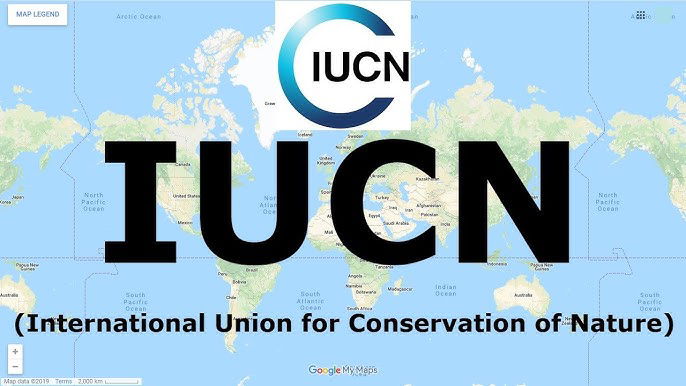Khangchendzonga National Park Rated “Good” by IUCN – Only Indian Site with Positive Status

IN NEWS:
Khangchendzonga National Park Rated “Good” by IUCN – Only Indian Site with Positive Status
Analysis:
- IUCN Global Review Outcome:
- The International Union for Conservation of Nature (IUCN), in its latest assessment of natural World Heritage Sites, rated Khangchendzonga National Park as “Good”, indicating effective conservation and management.
- It is the only Indian site to receive a positive status, while other major Indian natural sites such as the Western Ghats and Sundarbans face “serious concerns” regarding their ecological health.
- Unique Global Recognition:
- Khangchendzonga is India’s first “mixed” UNESCO World Heritage Site (designated in 2016) — recognized for both its natural beauty and cultural significance.
- The IUCN’s rating highlights the success of India’s integrated approach to conservation, community participation, and sustainable development.
- Biodiversity and Ecology:
- The park covers 1,784 sq km, ranging from subtropical forests to the snow-clad peak of Mount Khangchendzonga (8,586 m), the third-highest mountain in the world.
- It hosts 280 glaciers, over 70 glacial lakes, and diverse fauna including snow leopard, red panda, clouded leopard, Himalayan tahr, blue sheep, and 550+ bird species.
- Cultural and Religious Significance:
- For the Lepcha community, the park is sacred as Mayel Lyang, their mythical hidden paradise.
- Tibetan Buddhists regard it as a spiritual beyul (sacred valley), with monasteries like Tholung preserving religious traditions intertwined with nature conservation.
- Community-Based Conservation:
- The Khangchendzonga Biosphere Reserve, expanded in 2018, integrates core zones and buffer zones, where communities engage in sustainable farming and forest harvesting.
- Local cooperation and ranger-led monitoring have contributed to low human impact and strong anti-poaching measures, including cross-border collaboration with Nepal’s Kanchenjunga Conservation Area.
- Disaster Management and Resilience:
- The park demonstrated strong disaster management capacity during last year’s glacial lake outburst flood (GLOF), utilizing hazard mapping and preventive response mechanisms.
- This reflects an effective balance between ecological conservation and risk management in fragile mountain ecosystems.
- Broader Lessons:
- Khangchendzonga’s positive IUCN rating serves as a model for sustainable conservation, showcasing that nature thrives when local communities, cultural traditions, and modern governance align.
Static / Background Information:
- Khangchendzonga National Park (Sikkim):
- Established: 1977; Area: 1,784 sq km
- UNESCO World Heritage Site: 2016 (as a Mixed Heritage Site)
- Major Rivers: Teesta and Rangeet originate here.
- Major Peaks: Mount Khangchendzonga (8,586 m) — third highest in the world.
- IUCN World Heritage Outlook:
- Conducted by the International Union for Conservation of Nature (IUCN) every few years to assess conservation status of UNESCO World Heritage natural sites.
- Ratings: Good, Good with Some Concerns, Significant Concern, Critical.
- Other Indian Natural World Heritage Sites:
- Western Ghats, Sundarbans National Park, Kaziranga National Park, Great Himalayan National Park, Manas Wildlife Sanctuary, Keoladeo National Park, etc.
Updated – 6 Nov 2025 ; 12:43 PM | NewsOnAir